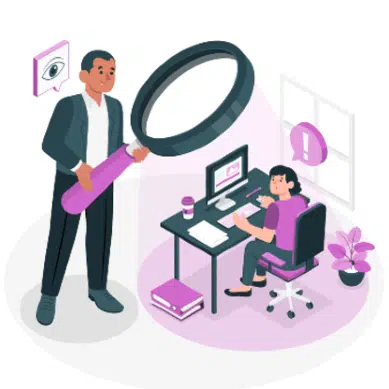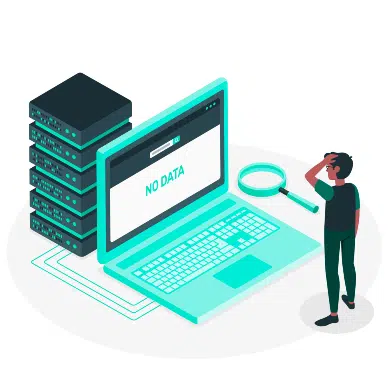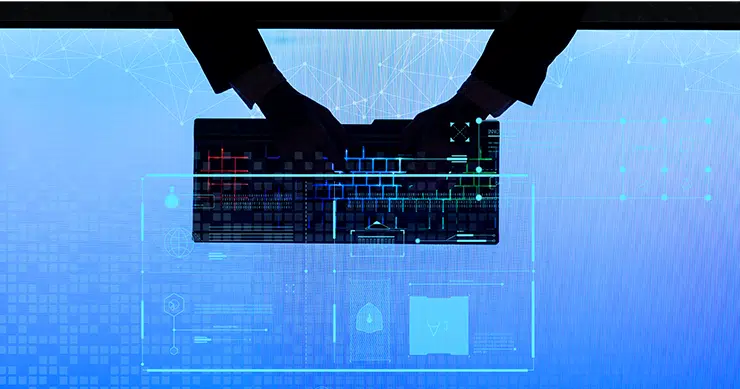Placing data on the cloud always sounds like a great idea – many big companies are doing it and there seems to be endless space. However, like any other online platform, there are security issues to be addressed for a SaaS business. SaaS security issues could range anywhere from data leaks, unauthorized control over sensitive information, and possible identity thefts.
SaaS applications, or cloud-hosted applications that prioritize internet-only access, have vulnerabilities that online hackers are well aware of. Despite the fact that many organizations have eagerly taken up SaaS-based digital initiatives due to their security aspect, there are still issues of concern.

7 SaaS Security Issues
When proceeding with SaaS applications, or for existing SaaS businesses looking for security hardening measures, here are a few tips to follow:
1. Data theft
Unapproved data access will always be the number one SaaS security issue. When moving forward with SaaS implementation, the organization needs to move and secure the data outside the corporate data center. Therefore, there is less visibility for the company’s IT team in charge of SaaS security.
The more sensitive the data is, the more the company needs to be careful. This includes personal details of customers, payment information, and intellectual property. Hackers are always on the lookout for poor security practices or hidden vulnerabilities in the application for manipulation.
2. Phishing attacks
90% of cyberattacks begin with a phishing email that contains malware in the form of external links or attachments. They can also trick the user out of their personal credentials or commit identity theft. For cloud-based SaaS applications, there is a significant vulnerability for phishing when users are asked for authentication to access their accounts.
For example, hackers targeted the O365 protocol with phishing attacks such as PhishPoint and ZeroFront to get through Microsoft security barriers. In 2017, a mass phishing attack targeted Google’s Gmail through its OAuth protocol. Users were sent a highly realistic email asking them for permission to access their files through the email account.
3. Illegitimate access
As we saw before, there is lesser control and visibility over your data when using SaaS applications. This means your IT department can exercise no control over the access levels provided to users. Therefore, there’s a risk of accidental data deletion or data leakage leading to the compromising of customers.
4. Insider threats
Intended or otherwise, a company’s most exploitable vulnerability may be its employees. Not following the best security practices can lead to backdoor insertion by hackers to break into the application and manipulate the data. Thus, SaaS security issues popping from unintended insider attacks remain of concern.
Deliberate data leak by employees or insiders can also pose a security risk to the SaaS application as well as the business on the whole.
The security risk doesn’t arise only from weak or shared credentials and lost systems, it also comes from the data stored on the cloud. Leaving it accessible from any system or carelessly sharing the data externally causes SaaS security issues that need to be addressed.
5. New malware potential
Like it’s always been, hackers will find new ways to break the best SaaS security barriers. Over 40% of SaaS businesses have hidden vulnerabilities or malware placed in one or more of their cloud-based applications. Applications that allow sharing and storage of files have become the favoured ground of hackers and a threat vector that holds zero-day or ransomware attacks.
As these attacks occur within the SaaS environment and are fully hidden from the user, it’s difficult to detect and stop in time. Even the feature in DropBox or OneDrive that allows automatic syncing across devices has potential for malware injection. The hacker only needs to upload a malicious PDF through the SaaS app and the syncing will carry it over.
6. Account takeover attacks
Depicting situations where employees have lost control of their account, account takeover attacks misuse the corporate credentials through phishing attacks. Sometimes, hackers gain these credentials through the Dark Web by sneaking them through third-party data leaks.
Employees are then threatened with these credentials for privilege escalation or full access benefits. Since this is done through the employee’s account which is considered legitimate, such attacks can go unnoticed for a dangerously long time.
7. Compliance requirements
Every industry and its organizations have different requirements in terms of compliance and auditing formalities. GDPR for data protection, HIPAA for healthcare, PCI-DSS for online payments through retail, SOX for finance, are a few of the well-known examples. These compliance requirements mandate data protection requirements, cloud compliance, frequent auditing, and security testing.
Therefore, organizations need to make the protection of sensitive data a priority, frequently monitor user activities through logs, and sanction audit trails for the required SaaS applications. This can be achieved via penetration testing.
SaaS applications have grown in popularity, especially during the pandemic, when the global scenario is at the cusp of true digital transformation. In accordance with this progress, SaaS security hardening measures have also been suitably implemented throughout organizations. It is advised that organizations should follow latest industry practices and implementation techniques to ensure security of their SaaS applications.





